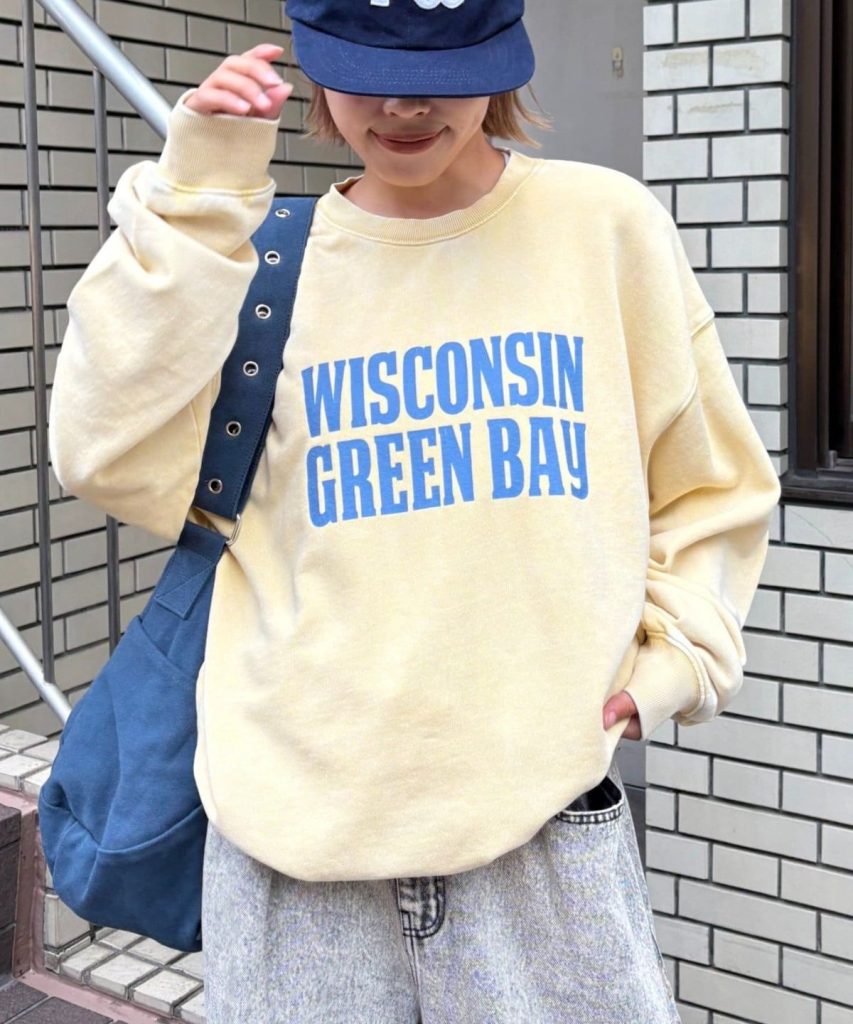Fashion has always been more than just clothing. It is a form of cultural expression, a social language, and a personal statement. From the earliest civilizations to the digital age, what people choose to wear has reflected their identity, their values, and their place in society. Fashion is deeply intertwined with history, politics, technology, and even psychology, making it one of the most fascinating aspects of human civilization. In today’s world, where global connections and digital platforms dominate daily life, fashion continues to evolve while maintaining its role as a powerful tool of expression.
The origins of fashion can be traced back to the earliest societies where clothing was not only a necessity but also a symbol of status. Ancient Egyptians, for instance, used linen garments to display wealth and purity. In Greece, clothing reflected ideals of beauty and proportion, while in Rome, togas symbolized citizenship and authority. These early societies demonstrated that clothing was never purely functional; it always carried social meaning. What someone wore communicated information about their background, their role, and their place in the hierarchy. This understanding of clothing as social communication laid the foundation for fashion’s lasting importance throughout history.
During the Middle Ages, fashion became more elaborate as class distinctions grew stronger. The nobility used extravagant fabrics, rich embroidery, and accessories to distinguish themselves from peasants. Clothing laws were even introduced in several European countries to ensure that only the elite could wear certain colors or materials. Velvet, silk, and fur became associated with royalty and power, while commoners were restricted to simpler materials such as wool or linen. These regulations reinforced the connection between fashion and power, showing how what people wore could regulate identity and maintain social order.
The Renaissance period brought new life to fashion, as art, culture, and clothing became closely linked. With the revival of classical ideals, silhouettes and garments began reflecting harmony, proportion, and beauty. Fashion became more than a marker of status; it also became a way to celebrate creativity. Clothing during this era reflected intellectual pursuits, as patterns, embroidery, and textiles carried symbolic messages. This was the beginning of fashion as an art form, one that combined craftsmanship, innovation, and cultural meaning.
By the eighteenth century, fashion had become a highly influential social force. In France, the court of Louis XIV and later Marie Antoinette set global trends, turning fashion into a political and cultural instrument. The elaborate gowns, powdered wigs, and detailed accessories of the aristocracy were not only signs of wealth but also tools of power. Through fashion, rulers could display dominance and sophistication, influencing the cultural identity of an entire nation. Yet at the same time, fashion also became a site of resistance. The French Revolution saw a dramatic shift in clothing, as people abandoned aristocratic extravagance for simpler, more practical garments that symbolized freedom and equality. This transformation highlighted fashion’s power to communicate values and ideologies, reinforcing the idea that clothing could embody both authority and rebellion.
The nineteenth century brought industrialization, which changed the fashion industry forever. The invention of new machines, mass production, and new fabrics like cotton and synthetic dyes allowed fashion to become more accessible. What had once been exclusive to the wealthy was gradually made available to the middle classes. With the rise of department stores, magazines, and advertising, fashion became commercialized, turning into a business that combined creativity with economics. At the same time, individual designers such as Charles Frederick Worth began to shape fashion as an art of personal expression, creating haute couture and elevating designers to celebrity status. This duality of fashion as both mass-market and high art still defines the industry today.
In the twentieth century, fashion became one of the most dynamic cultural forces. Each decade reflected new societal changes. The 1920s introduced flapper dresses that symbolized freedom and rebellion against traditional gender roles. The 1950s embraced femininity and elegance after the hardships of war, while the 1960s exploded with experimentation, color, and youth culture. Fashion began to mirror social movements, whether it was the counterculture of the 1970s, the power suits of the 1980s, or the minimalism of the 1990s. Each shift demonstrated how clothing captured the spirit of the times, turning fashion into a visual history of human progress.
Fashion is not only influenced by culture but also shapes culture in return. It plays a central role in how people express identity, belonging, and individuality. For many, fashion is a tool of empowerment, allowing them to challenge stereotypes, reclaim heritage, or assert independence. Subcultures throughout history have used fashion to create solidarity and resistance. Punk, hip-hop, goth, and streetwear all developed as movements that went against mainstream culture, using clothing as their primary tool of rebellion. Over time, these once-rebellious styles were absorbed into mainstream fashion, showing how the industry constantly reinvents itself by adopting and transforming cultural identities.
Globalization has brought new dimensions to fashion. The exchange of ideas, aesthetics, and techniques has created a more interconnected fashion world. Traditional garments from one region often inspire international designers, creating hybrid forms of clothing that blend cultural elements. For example, kimono silhouettes, Indian embroidery, and African prints have all influenced Western designers, resulting in a global fashion dialogue. However, globalization also raises questions about cultural appropriation, sustainability, and ethics, as fashion’s global reach can sometimes exploit or misrepresent traditional cultures. Balancing inspiration with respect is one of the industry’s biggest challenges today.
Technology has also revolutionized fashion in the modern age. Digital platforms such as Instagram and TikTok have transformed the way trends emerge and spread. Fashion is no longer dictated solely by designers or magazines; influencers and everyday users shape the direction of style. Virtual fashion shows, digital clothing, and augmented reality are now part of the industry, reflecting the growing role of technology in shaping cultural experiences. Fashion has become more democratic, but also more fleeting, as trends appear and disappear faster than ever before. This fast-paced cycle raises questions about sustainability and whether fashion can balance creativity with environmental responsibility.
Sustainability is one of the most pressing issues facing fashion today. The rise of fast fashion has made clothing more affordable and accessible, but it has also contributed to waste, pollution, and exploitation of labor. Consumers are increasingly aware of these issues and demand more transparency from brands. Many designers and companies are now turning to ethical practices, eco-friendly materials, and circular fashion models that encourage recycling and reuse. Sustainable fashion represents not only a change in production but also a shift in values, reminding people that fashion is not just about looking good but also about doing good.
Fashion will continue to evolve as society changes. In the future, it may embrace even greater technological integration, with clothing that monitors health, adapts to climate, or exists entirely in virtual spaces. At the same time, fashion will remain a cultural mirror, reflecting human values, aspirations, and creativity. Its ability to combine tradition with innovation, personal identity with global trends, makes it a unique cultural phenomenon that will never lose its relevance.
Ultimately, fashion is timeless because it speaks to something fundamental about human beings: the desire to express, to belong, and to create. From the linen garments of ancient Egypt to the digital clothing of today, fashion has always carried meaning far beyond fabric. It reflects who we are, what we believe, and how we want to be seen. As long as humans continue to seek beauty, identity, and connection, fashion will remain one of the most powerful expressions of culture and individuality.

